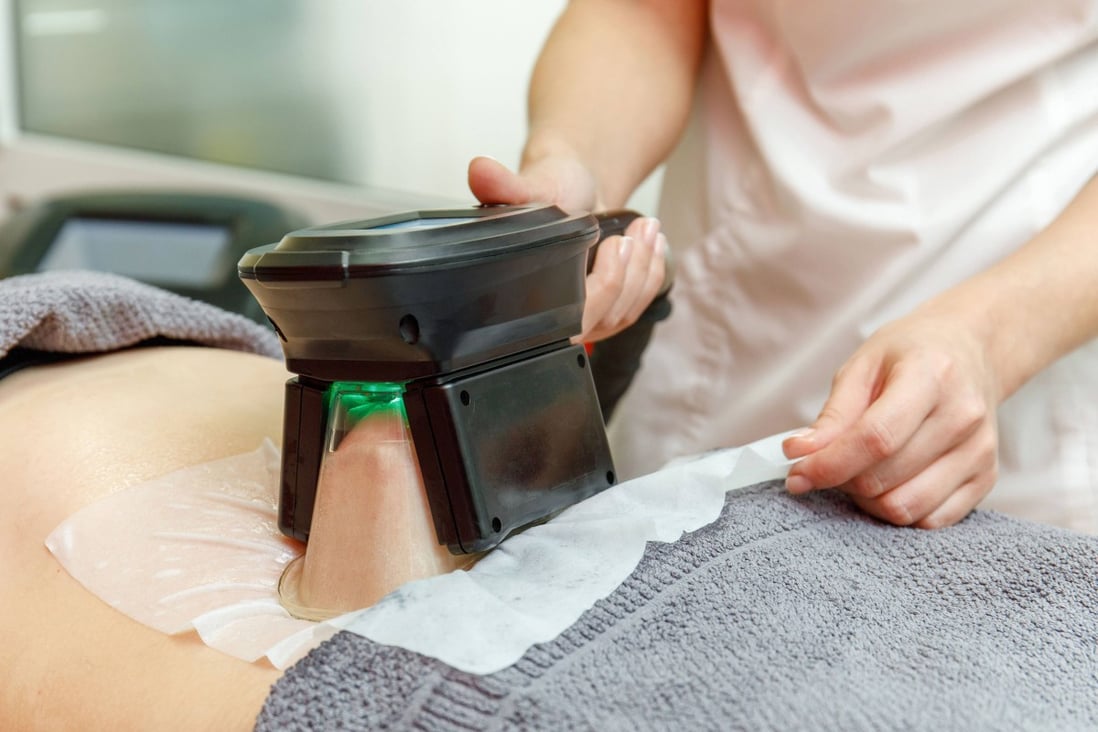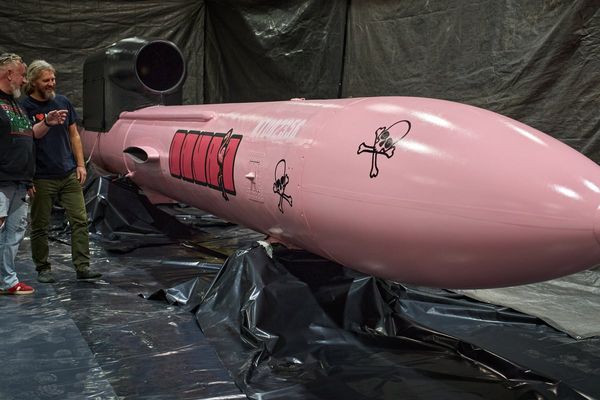
What is paradoxical adipose hyperplasia, or PAH? Few of us had ever heard of the condition until Linda Evangelista’s story broke; the 56-year-old Canadian supermodel claims she suffers from it after having had an aesthetic procedure to reduce fat called CoolSculpting – or fat freezing.
The phrase describes what happens when the fat-freezing procedure goes awry: paradoxical (unexpected) adipose (fat) hyperplasia (enlargement).
CoolSculpting – a brand name for a procedure known as cryolipolysis – is supposed to make body fat disappear. It’s a non-surgical fat-reduction technique in which a special applicator cools fat to such a low temperature (read sub zero) that it begins to disintegrate and is expelled from the body as waste.
On the surface, it sounds like the safest, easiest and least invasive way to shape a body slimmer, especially in light of stories about liposuction – an invasive fat-reduction technique – that can go fatally wrong.

In most cases, cryolipolysis, including CoolSculpting, which has been around for a decade, does work well and safely, with minimal side effects such as redness, tingling and a bit of pain. But occasionally, in some people, it causes precisely the opposite to happen: the fat doesn’t just stay where it is, it grows exponentially.
Researchers have hypothesised as to why this may be. Could it be the use of suction? Or the large handheld device that is used during the procedure? The evidence of this is that PAH seems to be less of a risk with newer devices and a lack of suction.
Or, could PAH develop because the superficial top layer of fat acts as a retainer for deeper fat, and some cryolipolysis techniques interfere with this, which causes lower fat beneath to be forced through – due to the pressure of the suction involved – and form the characteristic firm bulges that are present in PAH?
Supermodel Linda Evangelista says fat-reduction left her ‘deformed’
PAH is sometimes called the “stick of butter” effect. That’s because the device used to apply the effect – that is grab the fat, literally (cryolipolysis is usually recommended for areas where fat can be grabbed such as love handles at the hips, muffin tops on the abdomen, and bingo wings on the upper arms) – and cool it, causes the fat to stand upright, like a stick of butter.
It is rare for PAH to develop following cryolipolysis, but it does happen. It isn’t evident for some time afterwards so it is often dismissed as weight gain. But when it does begin to show, it presents as bumpy, bulging and firm. And then it’s really hard to get rid of.
So how often does it occur? CoolSculpting has been around since 2010 and while the incidence then of PAH was estimated at one in every 4,000 patients, more recent studies suggest it occurs in around one in every 138 treatments. And while this is still less than 1 per cent of those who undergo the treatment, it’s still more common than initially thought. What’s more, the adverse effects are felt in 100 per cent of the patients in whom they manifest.


Dr Kevin Mo, a plastic and reconstructive surgeon in Hong Kong, notes that the CoolSculpting procedure is said to be effective in reducing fat by up to 25 per cent. “This does mean that it can have little or no effect, all the way up to the reported efficacy. How each patient will respond or benefit from the treatment is unknown before treatment,” he explains.
And this is the reason why many doctors and cosmetic surgeons prefer liposuction as a fat-reducing procedure – it might be more invasive and more expensive, but it gets under the skin and you can see what is happening to the fat as you are literally siphoning it off. Mo says liposuction remains “the single most effective and guaranteed method” to remove body fat – “the fat is physically removed and so there is no guesswork regarding how effective it may be.”
Evangelista is said to have undergone a number of CoolSculpting procedures on her thighs, abdomen and face. If PAH develops on the body, it is easier to disguise. But PAH on the face is much harder to conceal – and even more distressing.
How plastic surgery improves health and well-being – it’s not all vanity
Some doctors believe this admittedly rare, but potentially horribly, disfiguring side effect is more prevalent among the Latino community as they have a tendency for more fibrous body fat. Evangelista is of Italian heritage. Could that have predisposed her?
Writing on the cosmetic surgery review site Realself, one patient describes her CoolSculpting procedure as an “absolute disaster”. She says the literature did not make her aware of PAH. She writes: “If this happens to you, you won’t see a possible 25 per cent reduction in fat in the treated area. What you will see is a 30 to 40 per cent increase in fat. And this is not ordinary fat that can be lost with diet and exercise. This fat is very dense, hard and thick.”
The only way to deal with these fat deposits in her case (and in most cases of PAH) was to have liposuction surgery. She was on the operating table and under general anaesthesia for 90 minutes and faced the inevitable post-surgical scars and six months’ recovery time.

It is estimated that 50 per cent of patients who require surgery to address PAH will require a secondary procedure as the fat that presents in PAH, as in this patient’s case, can be difficult to get rid of.
“Besides warning patients about common problems such as bleeding, bruising, infection and scarring, it is also prudent to warn about asymmetry [as people are never completely symmetrical] and recurrence of the problem,” Mo says.
“It is especially important to convey specific complications that have been connected to that particular procedure. I always tell patients about the most common side effects that may arise as well as the ones that would be potentially devastating even if they are considered rare.”


Mo urges patients to always ask the doctor performing the treatment not just what the common side effects are, but what the rarer, and potentially devastating ones are, too, and how they can be remedied should they arise.
Woman dies after liposuction results in flesh-eating bacteria infection
Whether you are considering cryolipolysis or liposuction, for your face or your abdomen, remember that all aesthetic procedures – surgical or not – come with a degree of risk. Despite what the marketing might say, and how apparently easily available, and often affordable, these procedures are now, there is no such thing as looking younger or leaner in a lunch hour. Whatever you plan on doing, research it thoroughly and get medical input from the experts.
Like what you read? Follow SCMP Lifestyle on Facebook, Twitter and Instagram. You can also sign up for our eNewsletter here.







